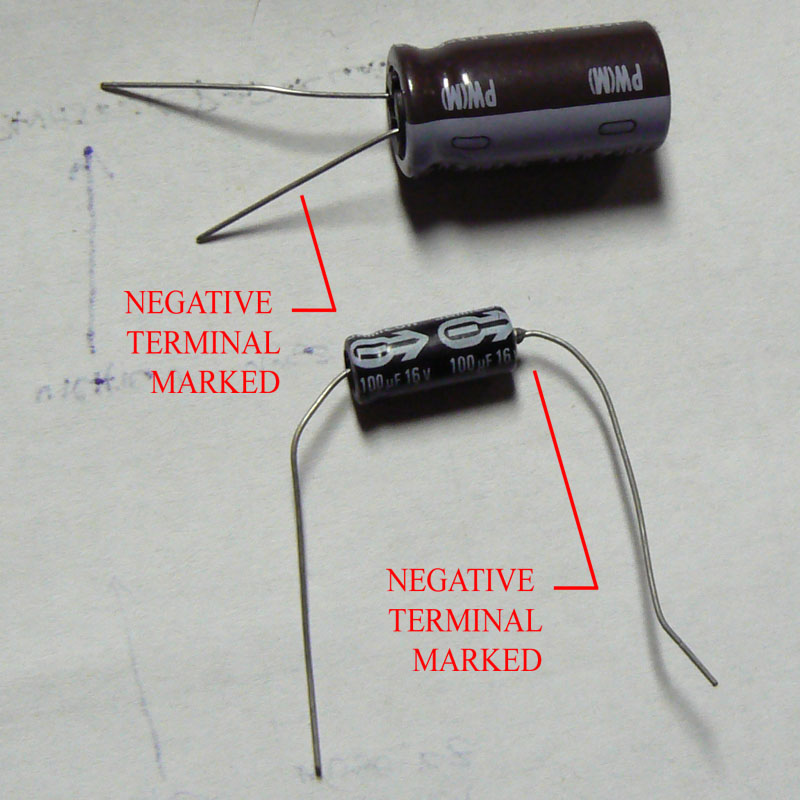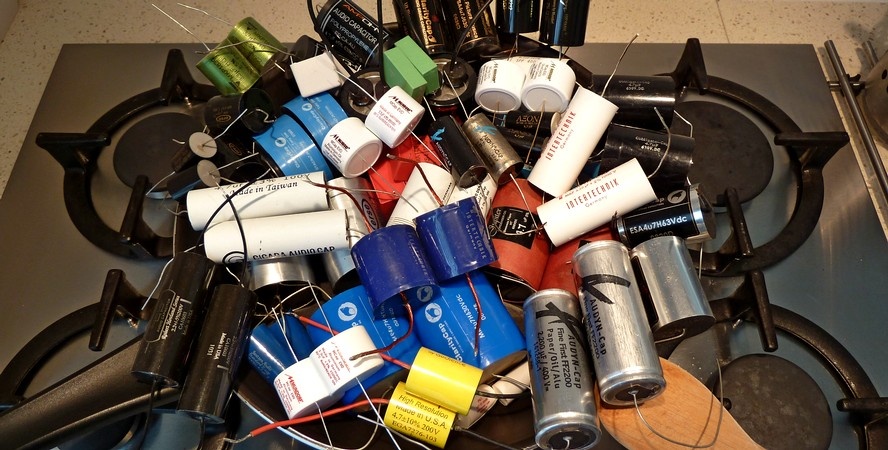Electrolytic Vs Ceramic Capacitor Audio

1 0 capacitor characteristics.
Electrolytic vs ceramic capacitor audio. Electrolytic ceramic silver mica mylar monolithic tantalum glass or supercapacitors just to name a few. There are two main types of ceramic capacitors. To construct a ceramic capacitor either 1 a homogeneous block single layer capacitor or 2 many layers multilayer capacitor give rise to a monolithic ceramic body. An electrolytic capacitor is a type of capacitor that uses an electrolyte in order to increase its capacitance.
Mainly we are using ceramic and electrolytic capacitors in our circuits but most of us don t know about the difference between them. What is at issue is whether these cause a problem for normal audio signals at normal levels. A large can type electrolytic capacitor. So most of the time we d.
Electrolytic capacitors come in a variety of forms the attached images show a few of the more common varieties. What is an electrolytic capacitor. The ceramic capacitor uses a thin ceramic layer as the dielectric medium whereas the electrolytic capacitor uses an ionic liquid as one of the sheets of the capacitor. One of the most common passive component questions we hear is what are the differences between the wide varieties of capacitors when your schematic calls for a capacitor you have many choices.
The first thing to understand about dielectric loss residual charge series resistance and inductance and all the other ills that afflict capacitors is that they are quite normal and appear in all real world components. Tantalum capacitors have superior frequency characteristics and long term stability. Tantalum ceramic capacitors. The form factor does not have any effect on electrical audio performance.
Ceramic capacitors and electrolytic capacitors are two main types of capacitors that are widely used in electrical and electronic components. Class 1 and class 2. Tantalum capacitors are a subtype of electrolytic capacitors that use tantalum metal for the anode. Ceramic capacitors also have no polarity and a fixed capacitance but they use ceramic materials for the dielectric material.
Class 1 capacitors are more accurate and stable over a larger range of temperatures while class 2 capacitors offer more volumetric efficiency more capacitance per unit volume. In this post we compare tantalum capacitor vs ceramic the differences between and benefits of the two. Radial top and axial bottom electrolytic capacitors. A large axial electrolytic capacitor.
By robert cong what s the difference between capacitors.



















